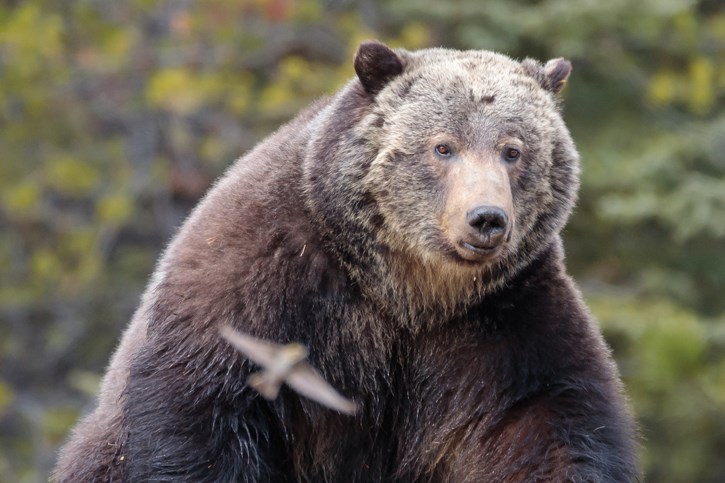Observing and photographing Canada’s iconic wildlife in the pristine Canadian Rockies has been one of the most magical experiences of my life.
Sharing these wild moments through photography has allowed me to spread my passion for the animals and the joy of each encounter, but coming in contact with wildlife is a double-edged sword.
Simply creating work for these creatures, who already work hard to survive in a tough environment, can add stress and negatively impact their lives. Interrupting feeding, rest, or nesting could all have catastrophic effects on an individual or family unit.
So what is the answer?
Some would say never entering the home of the wild beasts is the answer, but I don’t think many of us are that naive or willing to stay home. It makes sense for certain areas to be off limits due to specific circumstances, but if I understand the spirit of our national parks correctly, there is an intent for our wild places to be shared and respectfully enjoyed.
Abandoning my passion for nature, wildlife and photography is not going to happen, so I am continually looking for ways to have less of an impact while enjoying our natural spaces. I think we all have something to learn about our impact on wildlife, so I’ve adopted the “always willing to learn” attitude.
Before heading out on any type of adventure that may yield an encounter with wildlife, it is worth considering what you would do if you met a wild animal.
Being oblivious to the animals in our wild areas isn’t very safe for you or the animals, or conducive to making great photos, so a little research is well worth the effort.
You have very little chance of photographing a bear in winter, a buck deer with antlers in early spring, or a white ptarmigan in the summer. Likewise, it makes sense to understand the seasonal habits of animals, such as elk that are extra dangerous during both the fall rut and spring calving seasons.
There is no need to rival Sir David Attenborough’s knowledge of the animal kingdom, but channelling some of his passion for nature couldn’t hurt.
If you are setting out on foot, do you have the tools (like bear spray) and training to minimize the chance of human-wildlife conflict? Do you know the safe distance to observe an elk or grizzly bear?
If you are travelling by car, you contribute to the volume of vehicles that present not only a physical threat to animals, but an obstacle to their natural movements.
If your photography adventure includes driving, please travel with extreme caution and respect for wildlife. Also remember to stay aware of your surroundings and avoid making thoughtless mistakes that can occur during the excitement of an encounter.
Parks Canada’s website contains lots of information, including, Ten Tips to Respect Wildlife and Stay Safe (www.pc.gc.ca/en/voyage-travel/conseils-tips/faune-wildlife), which includes reminders of issues such as feeding wildlife and the importance of staying on designated trails and roads.
The Bow Valley is a world-famous destination for viewing wildlife for good reason, but as visitation increases so will the stress on wildlife unless we take a thoughtful approach.
I wish you the best of luck with your quest to observe and photograph wildlife, and sincerely hope the animals you and I see today remain on the landscape tomorrow.
Craig Douce is a long-time local photographer and former Rocky Mountain Outlook photojournalist whose work can now be found at banffcanmorephoto.com.




